Design concept for ATM Machine - Accessibility for people with special needs
ATMs were designed to automate various bank counter services, and have developed while increasing the services being offered. ATM users range widely from users familiar with machine operation to first-time users, the elderly, children, foreign residents, persons with sensory or physical disabilities, and those who are temporarily disabled due to injury. To transfer as many counter services as possible to ATMs, automated machines must ensure adequate usability for all these users.
Dr Hemu Rathore and Pooja, along with their team visited 8 ATMs across Udaipur. The observations and correlated suggestions are presented below:
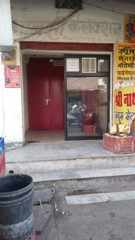
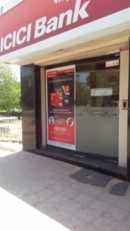
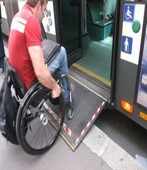
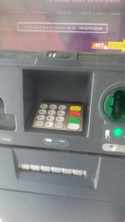
- At entrance only staircase is available. Provision of ramp is not there.
- Entrance door is operated with much effort, , Doors should be motion sensor.
- Banks have to take necessary steps to provide all existing ATMs / future ATMs with ramps so that wheel chair users / persons with disabilities can easily access them.
- Care may also be taken to make arrangements in such a way that the height of the ATMs do not create an impediment in their use by wheelchair users.
- Banks are also to take appropriate steps, including providing of ramps at the entrance of the bank branches, wherever feasible, so that the persons with disabilities/wheel chair users can enter bank branches and conduct business without difficulty.
- There are no ATMs with Braille keypads.
- In addition to the above, magnifying glasses should also be provided in all bank branches for the use of persons with low vision, wherever they require for carrying out banking transactions with ease.
- At the entrance, near staircase no provision of handrails. Handrails should be a must.
- No seating arrangement for special need person in the ATM kiosk.
- ATM machines not accessible for Wheelchair user.
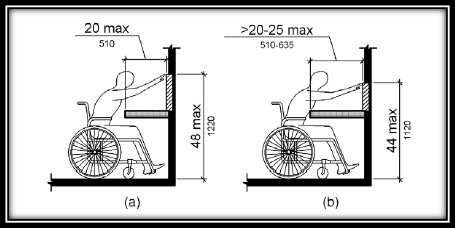
Recently many public services are based on the assumption that service users themselves can operate the information equipment necessary to use the services. The information equipment (herein after referred to as “Automated Machines”) should be accessible to anyone in order to render public services to all users equally.
Evolution of barrier-free ATM into universal design
A barrier-free screen with increased visibility of display characters for elderly persons, a handset with a numeric keypad for the visually impaired, an optional voice instruction (VI) function that allows users to operate the ATM using numeric keys according to voice instructions given through the handset, and additional mirrors to increase visibility inside the cash inlet/outlet port for wheelchair users and others with low eye levels.
The branch bank offices located near blind schools or rehabilitation centers willingly introduced this type of ATM to improve machine accessibility for those with disabilities and replaced one of the machines in their ATM room with this type.
When wheelchair users operate an ATM, their eye levels are lower, their posture control is less stable, and the space for machine operation is narrower and lower compared with users who operate the ATM from a standing position.
ATMs were designed to have a wide flat area around the display screen and a concave shape in front to allow wheelchairs to easily approach the front of the machine so that users can support their bodies at a position as close to the operation devices as possible.
Universal design is intended to make machines and services suitable for as many people as possible. An important criterion for evaluating a design is whether the designed machine or service encourages not only persons with disabilities to use it, but also whether it is advantageous for its designer to use it.
ATM machines may require that make enhancements to the way that the customers physically access and interact with the ATM machines. Some of the new design standards and requirements include:
Height and Reach
The reach requirement will change from a height of 54″ to 48″ to the top working button. This will help to ensure customers can easily access the input controls of the ATM. The exception to this change is drive thru ATMs.
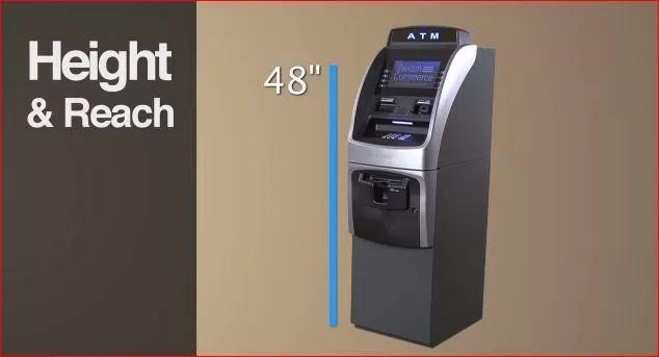
Clear floor space
The area in front of the machine needs to equal 48″ x 48″ (16 square feet).
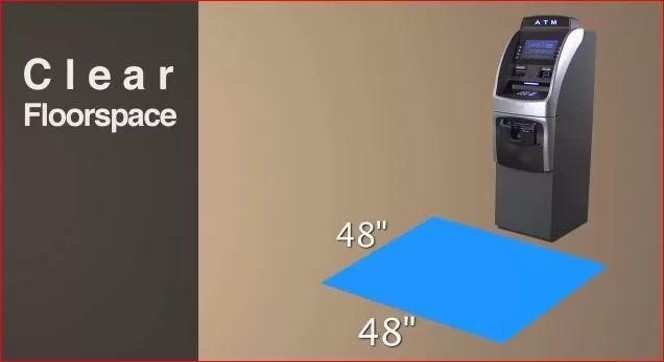
Accessible route
One unobstructed side of the clear floor space must adjoin an accessible route or another clear floor space leading up to the ATM and connecting to the clear floor space in front of the ATM. This is for wheel chair accessibility.
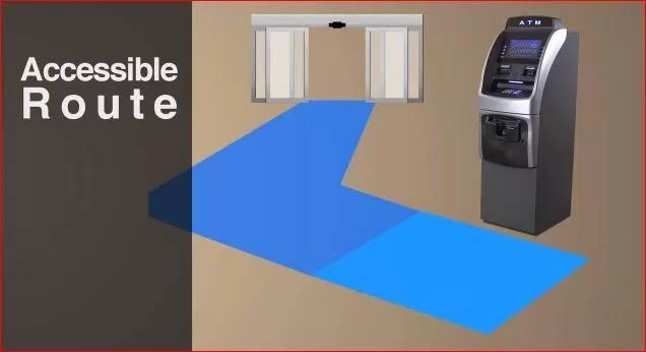
Voice Guidance
All ATMs must be speech enabled to service visually impaired customers. This may require a 3.5mm female jack be accessible for head phones.
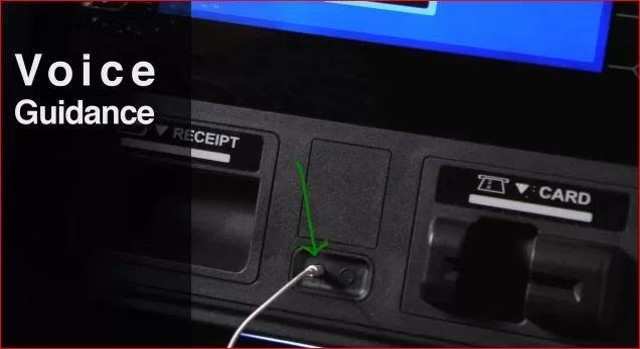
Display Screen
Visibility from 40″ above the center of the floor in front of the ATM, characters. A minimum of 3/16″ high and must contrast with their background.
Braille Instructions
Braille Instructions to initiate the after mentioned voice guidance feature must also be provided.
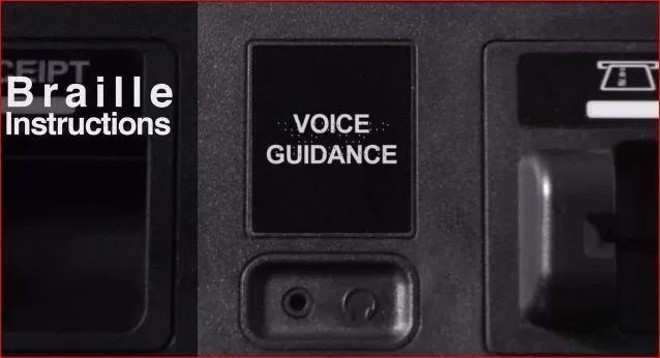
Function Keys
Function keys must be designed to contrast visually from their background surfaces.
Input device
Input device controls must be tactically discernible, meaning the key surfaces must be raised above the surrounding surfaces.
Numeric Keypads
Keypads must be arranged in an ascending or descending layout. The enter key should be marked with a raised circle, the clear key with a raised left arrow, and the cancel key should be marked with a raised X. The add value key should be marked with a raised plus sign and the decrease value key should be marked with a raised minus sign.
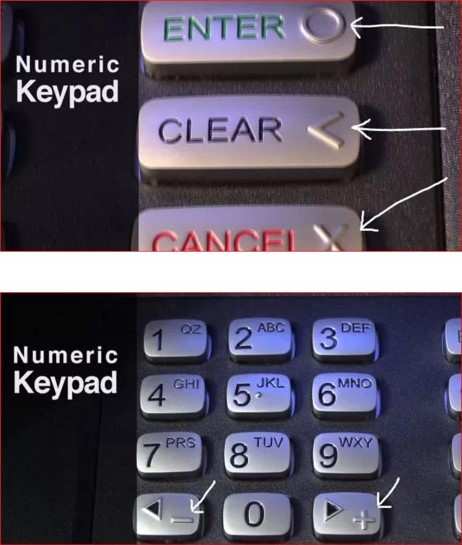
Approach to plinth level: Reference Guidelines by CPWD 2014
Every building should have at least one entrance accessible to the handicapped and shall be indicated by proper signage. This entrance shall be approached through a ramp together with the stepped entry.
Ramped Approach
Ramp shall be finished with non slip material to enter the building. Minimum width or ramp shall be 1800 mm. with maximum gradient 1:12, length of ramp shall not exceed 9.0 M having double handrail at a might of 800 and 900 mm on both sides extending 300 mm. beyond top and bottom of the ramp. Minimum gap from the adjacent wall to the hand rail shall be 50 mm.
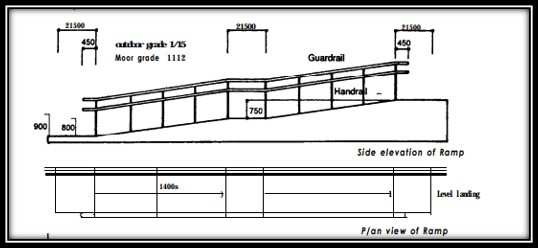
CROSS SECTION OF RAMP
- When climbing a ramp in a wheelchair, the upper limbs must bear the burden of propelling the body up the ramp.
- When descending a ramp in a wheelchair, especially on steep ramps, there is a possibility of the wheelchair running out of control because the user must manually control the speed.
- Prevent the installation of steep ramps.
- Make sure the grade of a ramp is a moderate rise of 10 mm to each 120 mm of travel.
- Provide a flat surface 1500 mm or more in length at the top and bottom of the ramp for a wheelchair to pause and prevent it from going out of control.
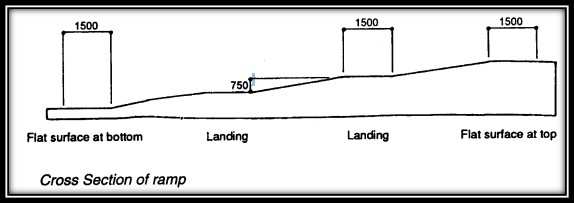
Stepped Approach
For stepped approach size of tread shall not be less than 300 mm. and maximum riser shall be 150 mm. Provision of 900 mm high hand rail on both sides of the stepped approach similar to the ramped approac
In an article, “He Ain’t Special, He’s My Brother” – Time to Ditch the Phrase “Special Needs” written by Catia Maglaques and published on Starting w/Julius:
“The word “special” is used to sugar-coat segregation and societal exclusion – and its continued use in our language, education systems, media, etc. serves to maintain those increasingly antiquated “special” concepts that line the path to a life of exclusion and low expectations…Further, the “special needs” label sets up the medical “care” model to disability rather than the social inclusion model of disability. It narrows and medicalises society’s response to the person by suggesting that the focus should be on “treating” their “special needs”, rather than on the person’s environment responding to and accommodating the person – including them for the individual that they are.”
Thus focusing on “treating” their “special needs”, rather than on the person’s environment responding to and accommodating the person The parameters taken into consideration while designing ATM with reference to special needs are as follows : -
- At entrance only staircase was available, provision of ramp with handrails added to the new design ATM. Entrance door was operated with much effort, so that doors change with motion sensor. No seating arrangement for special need person in every ATMs. The area in front of the machine needs to equal 48″ x 48″ (16 square feet).
- There were no ATMs with Braille keypads, so that Braille keypads added. Braille Instructions to initiate the after mentioned voice guidance feature must also be provided and for voice guidance 3.5mm female jack provided for head phones
- ATM machines Not reachable for Wheelchair user. The reach requirement was change from a height of 54″ to 48″ to the top working button. This will help to ensure customers can easily access the input controls of the ATM.
- Visibility from 40″ above the center of the floor in front of the ATM, characters. A minimum of 3/16″ high and must contrast with their background.
- Function keys must be designed to contrast visually from their background surfaces, Input device controls must be tactically discernible, meaning the key surfaces must be raised above the surrounding surfaces. Keypads arranged in an ascending or descending layout.
The designed ATM image is shown below
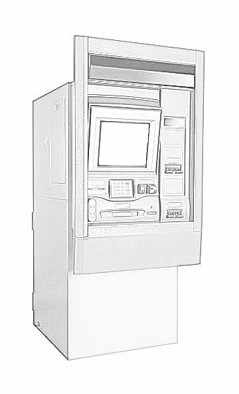
If the Bank officials look into the matters sighted in this article regarding use of ATMs by public can give the equal chance of comfort to our PEOPLE with SPECIAL needs.
The Authors are with the RMCS Department, College of Community and Applied Sciences, MPUAT, Udaipur
To join us on Facebook Click Here and Subscribe to UdaipurTimes Broadcast channels on GoogleNews | Telegram | Signal


